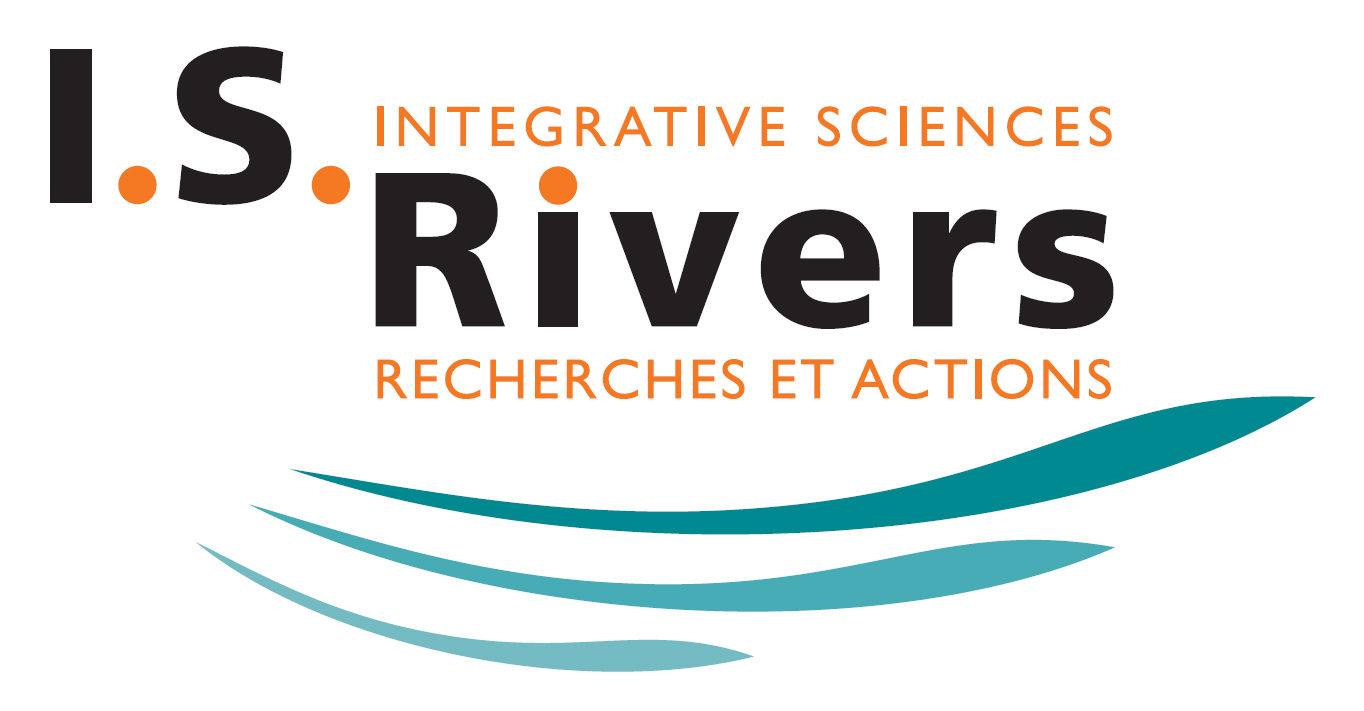Wednesday 2nd of july – 8:30
08:30
The Health Status of Aquatic Ecosystems: Towards an Integrative Method for a global evaluation.
AUTHORS
PAUL Alice, DOUSSET Sylvie, FRIES-PAOLA Cécile, CHAUVIN Christian
France
Short Abstract: Characterizing the health status of aquatic environments serves as a key tool for assessing the relationship between human health, and the ecological functionalities of aquatic ecosystems. This approach aligns with the ‘One Health’ principle promoted by the UN, which emphasizes the interconnectedness of human, animal, and environmental health (Duru, 2017). Collaborative research across sociology, environmental science, and economics fields enables a deeper understanding of the links between public perception of natural environments and their ecological management. One example is the interdisciplinary Mental’Eau project, which investigates the correlations between the ecological status of 36 sites (rivers, lakes, canals, etc.) in the Moselle River basin and the well-being of the individuals who frequent them. As part of this study, a new tool for assessing overall aquatic ecosystem health has been developed to provide a multimetric ‘health score’ for these hydrosystems. This method integrates a range of physico-chemical, biological, and structural criteria, collected at three connected scales, to synthetically approximate different aspects of the health status of aquatic ecosystems.
08:50
Characterization of PFAS levels in sediment involved in ecological restoration efforts along the Rhône river’s alluvial margins.
AUTHORS
LAFFONT Yoann, MOIROUD Christophe, HENRY Claire, MORA Christophe, SALHI Nedjma, MOURIER Brice
France
Short Abstract: CNR, in partnership with administration and the Water Agency, carries a program for the ecological restoration of the river aimed at achieving good ecological potential of the water bodies. The emergence of the PFAS crisis during the design studies of a restoration project, which includes sediment re-injection actions, located downstream from one of the industrial sources identified, and at the interface with water uses (drinking water supply, irrigation), led to an investigation into the contamination of sediment stocks mobilized by the project to assess the health risk associated with the operation. The results indicate low concentrations compared to the industrial discharges upstream. A test phase of re-injection is planned at the start of the work, accompanied by monitoring of concentrations in surface and groundwater, to ensure the harmlessness of the operation. Furthermore, analyses are deployed at the scale of the restoration program, allowing for the acquisition of knowledge on PFAS contamination of sediments at the scale of the Rhone axis.
09:10
The impact of hydrometeorological extremes on biogeochemical cycling across the urban terrestrial-aquatic continuum
AUTHORS
Krause Stefan
United-Kingdom
Short Abstract: We here present results of extended high-frequency in-situ water quality monitoring at the Birmingham Urban Observatory, covering a range of low- to mid-order streams across an urban / peri-urban gradient. The analysis of the distinct concentration – discharge relationships of different nutrients and functional organic matter fractions reveal the existence of diverse, compound specific activation mechanisms that are responsible for establishing connectivity and mixing between different terrestrial and aquatic sources. The combination of multiple functional concentration-discharge metrics highlights the impact of pre-event conditions not only for the initiation of different transport mechanisms but also for the preconditioning and activation of variable organic matter sources of different bioavailability. Our results indicate that events of dramatic water quality decline such as freshwater hypoxia during summer storms are largely driven by anthropogenic disturbances and the activation of wastewater based labile organic matter sources, with variable and scale-dependent impacts across the observatory. These insights, only possible through continuous high-frequency in-situ monitoring of nutrients and diverse functional organic matter groups enable the identification of the trigger conditions of compound specific source activations as a prerequisite for designing efficient pollution control, management and mitigation measures.
09:30
Greenhouse Gas Emissions and Drivers in Tropical Estuaries: Insights from the Mekong Delta and Saigon River (Vietnam)
AUTHORS
NGUYEN Truong-An, LE Thi-Minh-Tam, GRILLI Roberto, GARNIER Josette, NÉMERY Julien
France
Short Abstract: Tropical estuaries are increasingly recognized as significant contributors to global greenhouse gas (GHG) emissions, yet they remain underrepresented in global carbon budgets. We investigated how land use and river discharge control GHG dynamics across the Mekong Delta and Saigon River (Vietnam) by combining measurements of CO2, CH4, and N2O with comprehensive biogeochemical parameters. Our findings reveal distinct GHG processing zones shaped by the interaction between land use and hydrology. The urbanized Saigon River exhibited extreme GHG concentrations (pCO2: 6913-11802 ppm) coinciding with severe oxygen depletion (4-40%) and elevated nutrients, indicating intense organic matter decomposition. Agricultural zones showed moderate GHG levels (pCO2: 2040–4388 ppm), with high discharge providing effective dilution despite extensive farming activities. Methane hotspots were observed in both agricultural and aquaculture zones, highlighting localized sedimentary methanogenesis. Mangrove-dominated areas demonstrated variable dynamics, with a decrease in GHGs along the salinity gradient but occasional CO2 release, potential due to tidal pumping and sediment respiration. These findings provide observational constraints for improving GHG emission estimates from tropical estuaries and will be integrated into a modelling framework to simulate historical, present, and future GHG emissions under changing environmental conditions, particularly in rapidly urbanizing tropical regions.
09:50
Impact of a toxic algal bloom on benthic invertebrates in the Oder River
AUTHORS
DÖRGELOH Bianca, ROTHE Udo, PUSCH Martin, JÄHNIG Sonja C.
Germany
Short Abstract: In the summer of 2022, the Oder River experienced an unprecedented ecological disaster, attributed to a bloom of the toxic alga Prymnesium parvum. This event led to massive mortality across multiple aquatic groups, most notably fish, mussels, and snails, disrupting the ecological balance over a large stretch of the river. Within the follow-up project ODER~SO (www.oder-so.info/en), extensive research is conducted aiming to quantify the impacts of the disaster on various biota, as well as their expected regeneration. As part of this, we examine the consequences of the algal bloom on benthic invertebrates. Sampling began in November 2022, targeting at various habitats along the German bank of the Oder River.Preliminary results indicate shifts in community composition, with a strong impact on Unionidae. The general fauna is dominated by Crustacea, Gastropoda, and Diptera. This work contributes to understanding the resilience of river ecosystems affected by compounded human stressors.
